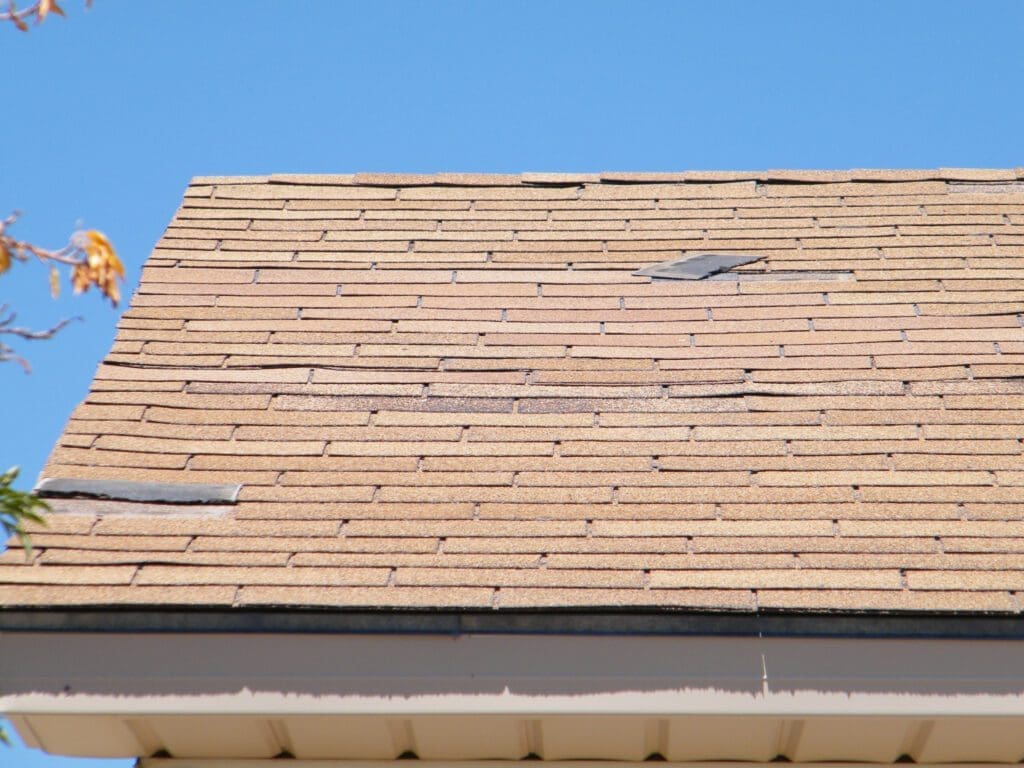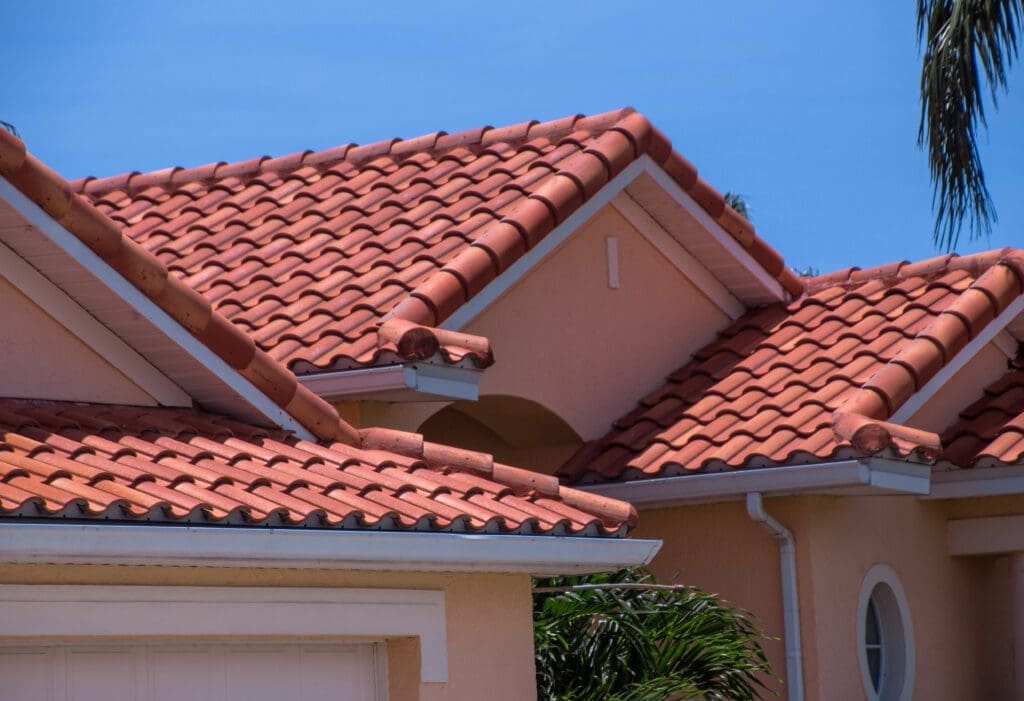Hurricanes in Florida are an incredibly destructive force. Most years we expect to endure at least one, and usually a few of them. But because of hurricanes, Florida has some of the most robust building codes in the country, requiring roofs that can endure some hurricanes and tropical storms without need for major repair. What’s the best roof to withstand a hurricane?
According to the Florida Climate Center, Category 4 storms, with winds over 130 mph, and Category 5 storms, with winds over 156 mph, will cause catastrophic damage. Hurricane Ian in September of 2022 hit that mark, and Hurricane Andrew, back in 1992, generated wind speeds of over 170 mph.
Wind Testing the Best Roof to Withstand A Hurricane
Those destructive forces can now be simulated to test building materials and other infrastructure. Government agencies have built facilities to test many kinds of civil infrastructure against “natural hazards” such as hurricanes and earthquakes. In testing at Florida International University’s Wall of Wind (WOW), researchers can simulate wind speeds of up to 157 miles per hour, or the equivalent to a Category 5 hurricane.
Here’s a video showing a test run at the Wall of Wind, demonstrating the effects of Category 5 winds on a metal roof. It’s deforming a bit, but it’s staying in place! I would be a happy homeowner if this is all Hurricane Ian did to my roof.
A Metal Roof IS Usually Best In A hurricane
Why do metal roofs do best in a hurricane? First, a metal roof is typically made of large sheets of steel, aluminum, Galvalume, zinc, or copper. That equates to fewer seams, which is where wind-driven water can potentially get through the roof surface and to the house structure. It also means fewer protrusions where 150+mph winds can gain a grip on the roof and rip it off.
Metal roofs are also very solid in withstanding impacts from flying debris. One of the most destructive and dangerous aspects of hurricanes is when those high winds turn any normal object into a widow-maker, punching right through anything in the way. Steel is probably the strongest of all available roofing materials, while zinc is also quite good. Copper and aluminum are much softer and can be punctured by debris more easily than steel, but they still provide a host of benefits.
Asphalt Shingles In A Hurricane
As in the rest of the U.S., most Florida homes have an asphalt shingle roof. We know from experience that this type of roofing doesn’t endure a hurricane as well as a metal roof. However, GAF, maker of one of the most-used asphalt shingles, now offers a wind warranty with no limitation on the maximum windspeed. This is a big deal, and great for homeowners, as GAF is the largest manufacturer of asphalt shingles in North America, according to the Asphalt Roofing Manufacturers Association. To qualify for this warranty, there’s a whole system that GAF requires. You’ll have to install four required components:
- Ridge cap shingles.
- Shingles with GAF’s Layerlock adhesive strip.
- Roof deck protection, which is a rolled GAF product like roofing felt or synthetic underlayment.
- Starter strip shingles.
Plus, one of the following:
- Attic ventilation, or
- Leak barriers like ice and water barrier. These are usually peel-and-stick rolls that your contractor installs at the lower edge of the roof deck, right at the eave line.

Tile Roofs In A Hurricane
Tile roofs, either clay tiles or concrete tiles, can perform well in a hurricane or in high winds. The material itself is impervious to water. That simply means that water doesn’t hurt it at all. You can submerge a clay tile in water for a week and there’s no harm. That’s one of the reasons that clay has been used for hundreds of years for roofing, for kitchenware, for piping, and anything else where water is present.
Contrast that with wood, for example, which can be an effective roofing material, but simply isn’t strong enough or resistant enough to water to be expected to endure a hurricane.
How good is a tile roof in a hurricane? The Tile Roofing Institute, an industry group, sponsored just that sort of testing. They claim that the test results have “shown that with proper attachment, clay and concrete roof tiles can sustain winds in excess of 125 miles-per-hour that would have stripped off most other roofing materials.”
So that’s a good result, but probably not as high of wind speeds as metal roofs can handle. And compared to the GAF guarantee we looked at earlier, also not as good.
What About Roof shape and slope?
Some roof shapes are better in high winds than other types. Compare a hip roof with a gable roof. Both types are common, but the gable roof presents two vertical planes to a horizontal wind, and must endure that incredible force. The hip roof doesn’t present any direct resistance to a horizontal wind, and lets the wind “slide off” more easily. Of course, in a hurricane the swirling winds will be coming from all directions, but a hip roof offers less resistance overall.


The roof slope also matters somewhat in high winds. A lower slope will also offer lower resistance to those high winds. A steeply pitched roof offers more resistance overall. In a heavy downpour, a steep pitch has the advantage, but a high-quality roofing material on a normal 3/12 to 6/12 roof pitch is usually the best way to go.
We’re Here When You Need Us
No one wants to deal with getting a new roof in the aftermath of a hurricane or other serious storm. Unfortunately, that’s all part of living in Florida. If you’d like to talk about different options for replacing your roof , give us a call at 813-373-9088. Our team has more than 40 years of experience in roofing. You can also use this form and we will contact you.


